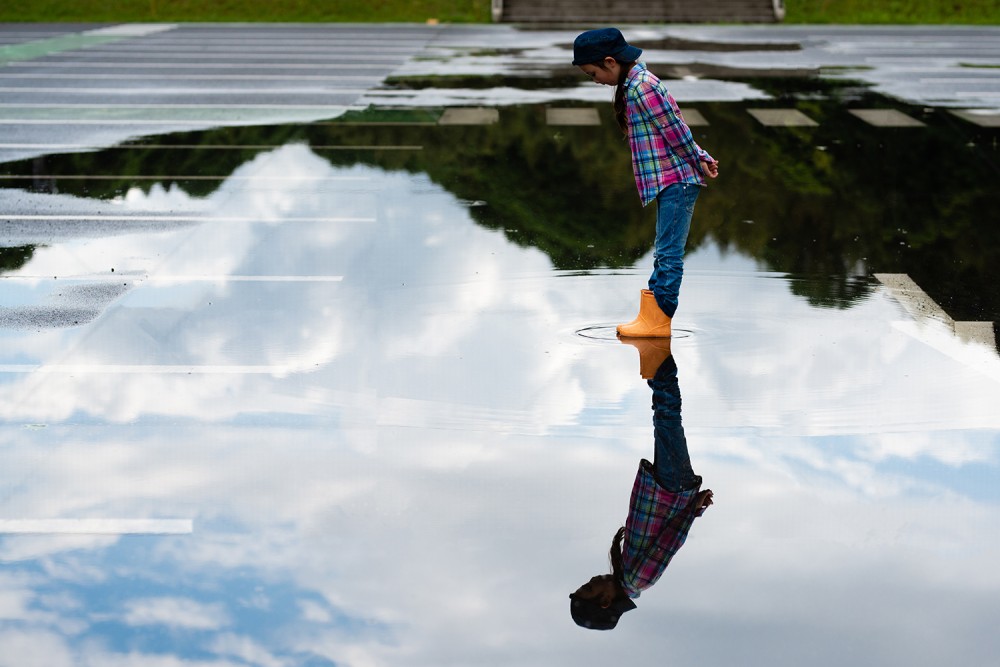Reflecting on our reflection
Many of us are unimpressed when we look in the mirror. But we bear a more important image.

(Photo by Hakase_ / iStock / Getty)
Birds are coming at our house from all directions these days. Last week, a loud thud against our east-facing picture window signaled to me a bird crisis. I went outside to investigate, and there on the patio lay a house finch on its back, feet straight to the sky. He wasn’t wearing a helmet, so I assumed the bloodied look of his feathers was from the high-speed collision. But the red hue of those head and breast feathers was just his God-given beauty. His breast rose rhythmically, suggesting to me a heartbeat was still in play. That stopped after 10 minutes, so I fetched a shovel and dug a grave for this innocent victim. This finch had been drawn to the reflection of the trees, shrubs, and sky he saw in my window on a sunny day, and he flew straight into what he perceived to be an inviting extension of his habitat.
On the west-facing living room window of our house, a male robin pecks persistently on the glass multiple times a day. What he sees is his own reflection, mistaking that image for a menacing rival trying to usurp territory. It’s breeding season, and fending off interlopers is serious business. This robin doesn’t see an inviting reflection in the glass; he sees a threat to be attacked.
Read our latest issue or browse back issues.
I looked up remedies for this percussive wake-up call, but none of them seemed particularly helpful. One suggested that lowering the house shades for the nesting season would keep the bird from seeing its own reflection. Living indoors without daylight for a month seemed an odd trade-off for a bird threatened only by his own reflection. Another proposed smearing bar soap on the glass. That’s an attractive look! My favorite was the recommendation to tape photos of scary-looking relatives onto the glass, relations I don’t happen to have. So, the robin continues his aggressive pecking as his mate contemplates motherhood.
It occurs to me that, like animals, none of us ever gets to see our own actual face. The closest we can come is to close one eye and peer at the side of our nose. But that’s an unsatisfying and rather incomplete view, if you haven’t tried it recently. All we have at our disposal for deciphering our looks are images, reflections, and impressions that others offer. There’s a reason why our eyes gravitate immediately to our own image when looking at a group photo. We want to know what we look like. And often, we’re unimpressed. Some people even go on the offensive: I look awful. That doesn’t even look like me. Get rid of that picture!
Mirrors, puddles, sunglasses, store windows, and even another person’s eyeballs in just the right light allow us to see ourselves in real time. Researchers tell us these images generally feel more inviting to us than photos, in part because we can move and alter expression while gazing at ourselves in a mirror. We don’t lash out and criticize our appearance as easily.
The most beautiful image we bear carries an impact that runs deeper than any photographic representation or mirrored reflection. “Let us make humankind in our image, according to our likeness,” says God (Gen. 1:26). This image has no physical outlines, which makes sense given the absence of any corporeal features for God in the Genesis account. But the image or likeness of God to be found in us does have one criterion that other people will recognize (or not) in an instant. We know for certain that God is love. And when our behavior exhibits love and our character embodies it, that image of God in us will be more attractive and memorable than any other facet of ours we may reflect to the world.






